Late Summer Vegetables You Can Plant Now For A Fall Harvest
Late Summer Vegetables You Can Plant Now for a Fall Harvest
The summer is winding down, but that doesn't mean you have to stop gardening. In fact, late summer is a great time to plant some cool-season vegetables that will thrive in the cooler temperatures of fall.
Here are some of the best late summer vegetables to plant for a fall harvest:
- Beets. Beets are a versatile vegetable that can be eaten cooked or raw. They are a good source of vitamins A and C, as well as fiber. Beets are relatively easy to grow, and they can be planted in most types of soil.

- Carrots. Carrots are another popular root vegetable that is delicious in soups, stews, and salads. They are a good source of vitamins A and K, as well as fiber. Carrots are easy to grow, but they do need well-drained soil.
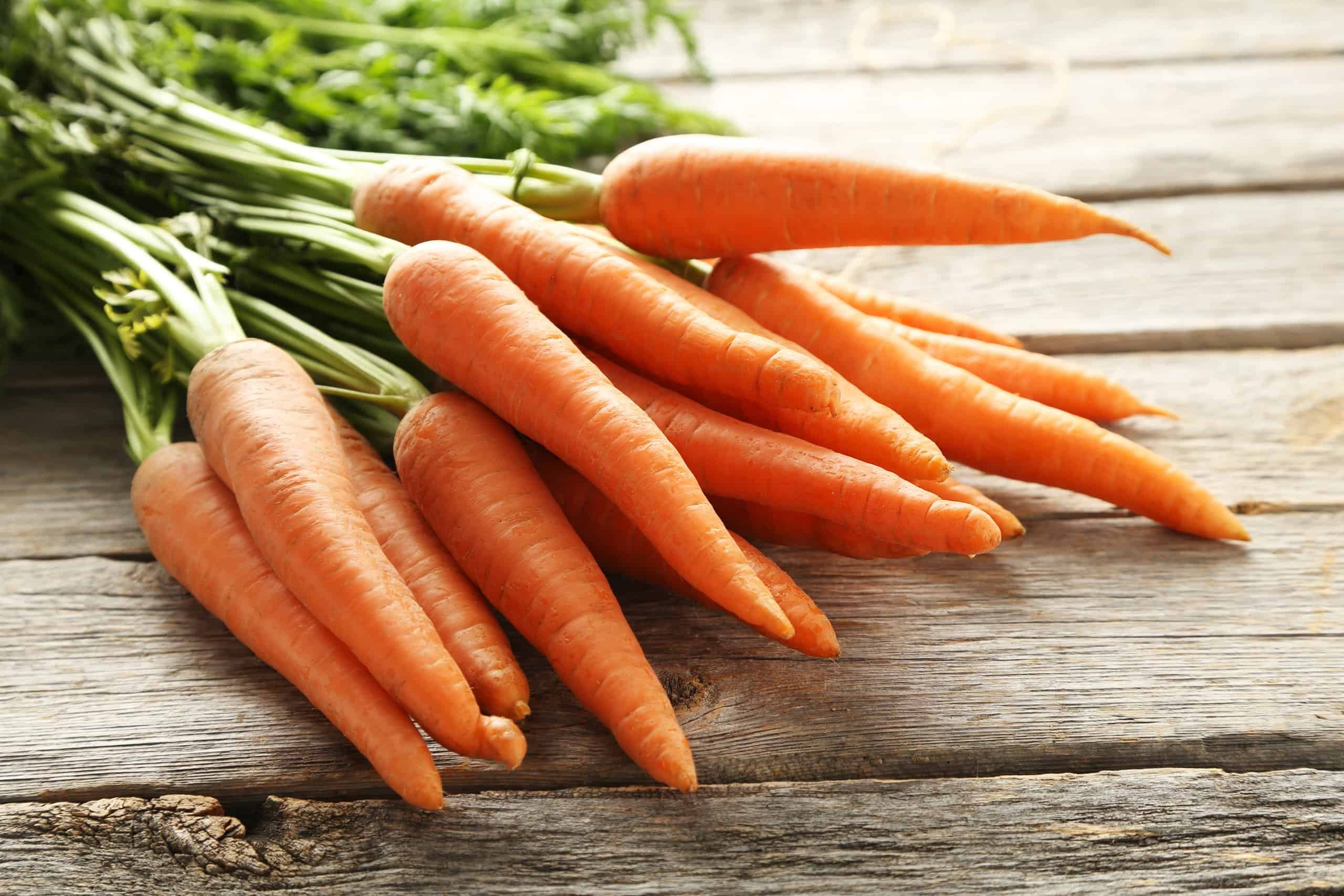
- Radishes. Radishes are a fast-growing vegetable that is perfect for a late summer planting. They are a good source of vitamins C and K, and they can be eaten raw or cooked. Radishes are easy to grow, and they can be planted in most types of soil.
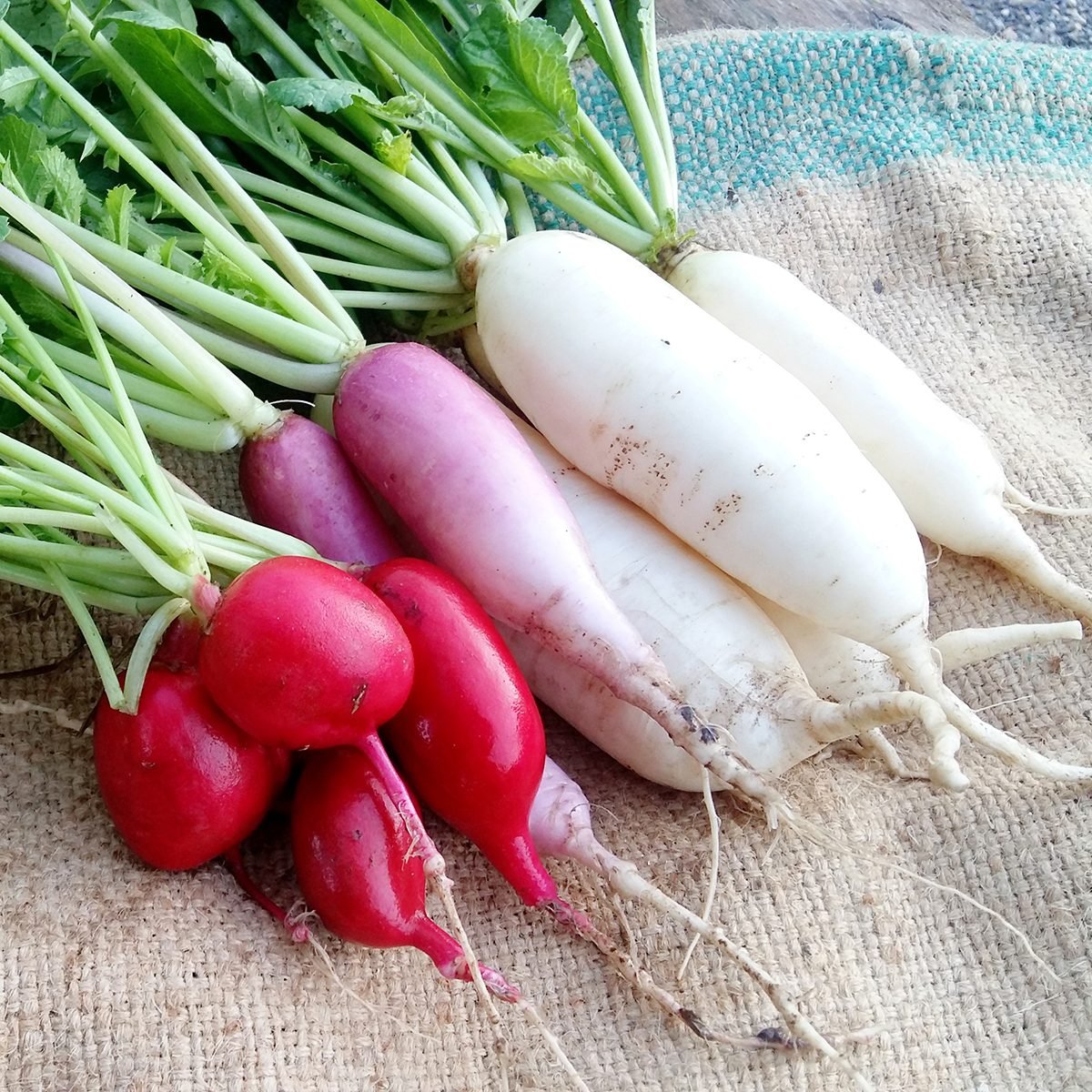
- Turnips. Turnips are a root vegetable that is similar to radishes, but they have a more pungent flavor. Turnips are a good source of vitamins C and K, and they can be eaten raw, cooked, or pickled. Turnips are easy to grow, and they can be planted in most types of soil.
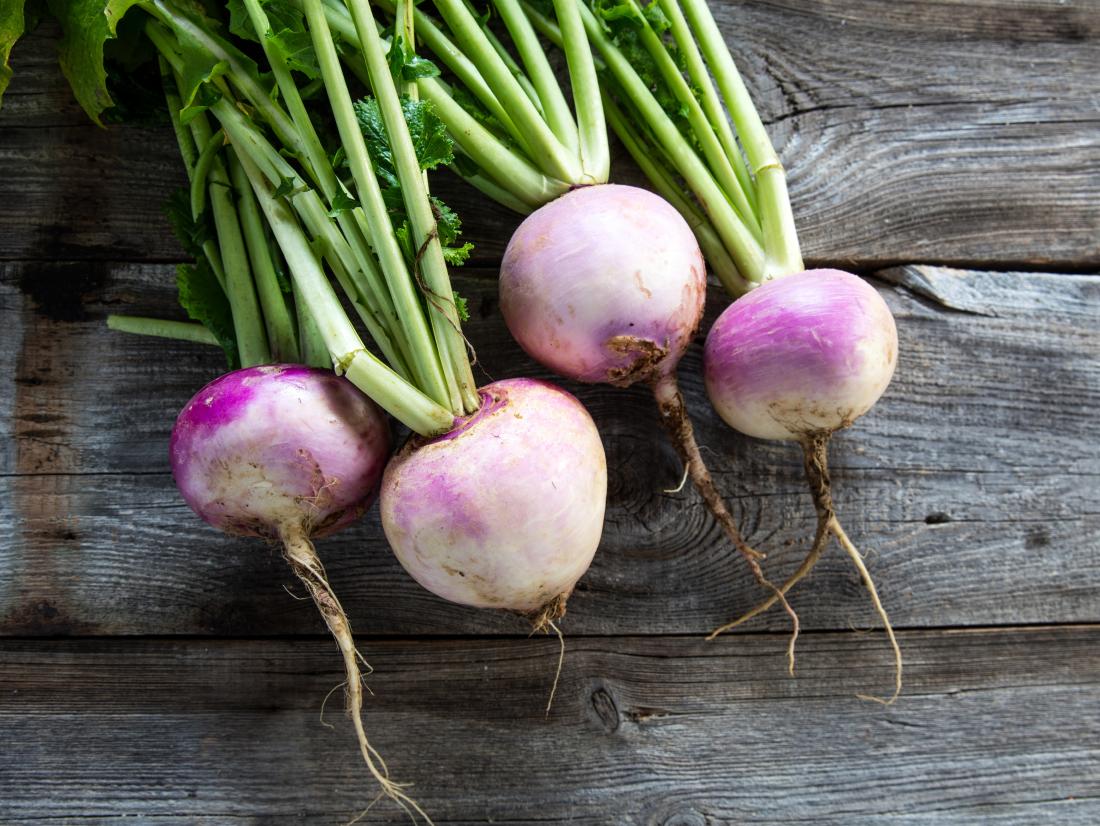
- Peas. Peas are a cool-season vegetable that is delicious in salads, stir-fries, and soups. They are a good source of protein, fiber, and vitamins A and C. Peas are easy to grow, and they can be planted in most types of soil.

- Bush beans. Bush beans are a type of bean that is easy to grow and harvest. They are a good source of protein, fiber, and vitamins A and C. Bush beans can be planted in most types of soil, and they are ready to harvest in about 60 days.
- Cauliflower. Cauliflower is a versatile vegetable that can be eaten cooked or raw. It is a good source of vitamins C and K, as well as fiber. Cauliflower is easy to grow, but it does need well-drained soil.

- Broccoli. Broccoli is a healthy vegetable that is a good source of vitamins C and K, as well as fiber. Broccoli is easy to grow, but it does need well-drained soil.
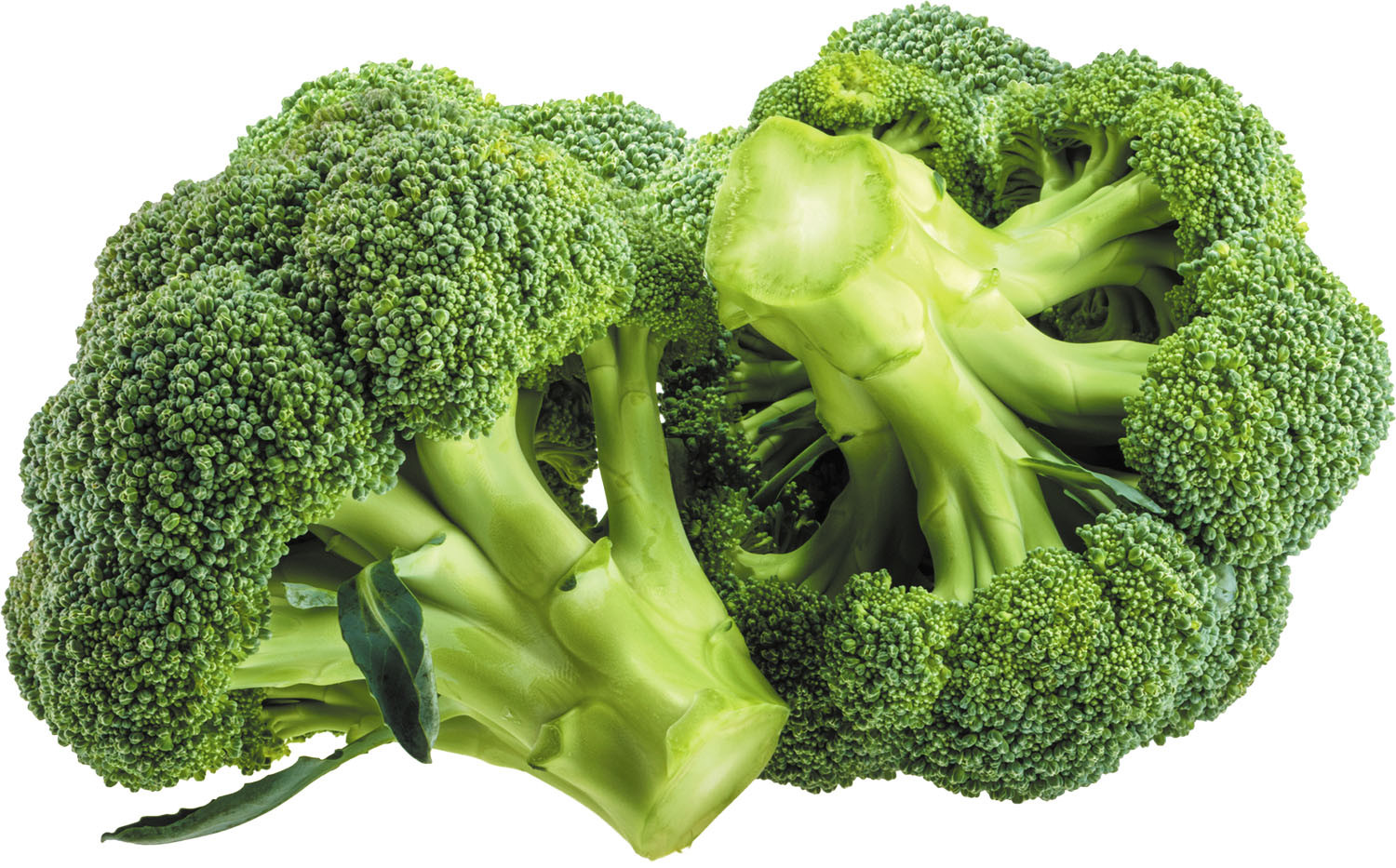
- Cabbage. Cabbage is a versatile vegetable that can be eaten cooked or raw. It is a good source of vitamins C and K, as well as fiber. Cabbage is easy to grow, and it can be planted in most types of soil.
- Chard. Chard is a leafy green vegetable that is delicious in salads, soups, and stir-fries. It is a good source of vitamins A, C, and K, as well as fiber. Chard is easy to grow, and it can be planted in most types of soil.

- Kale. Kale is a leafy green vegetable that is packed with nutrients. It is a good source of vitamins A, C, and K, as well as fiber. Kale is easy to grow, and it can be planted in most types of soil.

- Spinach. Spinach is a leafy green vegetable that is delicious in salads, soups, and smoothies. It is a good source of vitamins A, C, and K, as well as fiber. Spinach is easy to grow, and it can be planted in most types of soil.

These are just a few of the many late summer vegetables that you can plant for a fall harvest. With a little planning, you can enjoy fresh, homegrown vegetables all season long.
Late summer is a great time to plant vegetables. The weather is still warm, but the days are starting to get shorter, which means that your plants will have enough time to grow and mature before the first frost.
There are a variety of vegetables that you can plant in late summer. Some popular choices include:
- Beets: Beets are a hardy root vegetable that can withstand cool weather. They are also a good source of vitamins and minerals, including folate, potassium, and vitamin C.

- Carrots: Carrots are another popular root vegetable that is easy to grow. They are a good source of fiber and beta-carotene, which is an antioxidant that can help protect your cells from damage.

- Radishes: Radishes are a quick-growing vegetable that is perfect for a late summer planting. They are a good source of vitamin C and potassium.

- Cabbage: Cabbage is a cool-season vegetable that is a good source of vitamins C and K. It is also a versatile vegetable that can be eaten raw, cooked, or pickled.
- Kale: Kale is a superfood that is packed with nutrients. It is a good source of vitamins A, C, and K, as well as calcium and iron. Kale can be eaten raw, cooked, or juiced.

If you are looking for more information about late summer vegetables to plant, I recommend visiting Garden Wiki. This website has a wealth of information on vegetable gardening, including a planting guide for late summer.
FAQ of late summer vegetables to plant
Q: What are some good vegetables to plant in late summer?
A: There are many great vegetables that can be planted in late summer, including:
- Carrots: Carrots are a delicious and versatile root vegetable that can be enjoyed in a variety of dishes. They are best planted in late summer in a location with full sun and well-drained soil.

- Beets: Beets are another root vegetable that is well-suited for late summer planting. They are a good source of vitamins and minerals, and can be eaten cooked or raw. Beets prefer full sun and well-drained soil.

- Broccoli: Broccoli is a hearty vegetable that can withstand some frost, making it a good choice for late summer planting in many regions. It is a good source of vitamin C and fiber, and can be cooked or eaten raw. Broccoli prefers full sun and well-drained soil.

- Spinach: Spinach is a leafy green vegetable that is a good source of vitamins A and C. It can be planted in late summer in a location with partial shade and well-drained soil.

- Radishes: Radishes are a quick-growing vegetable that can be harvested in just a few weeks. They are a good source of vitamin C, and can be eaten raw or cooked. Radishes prefer full sun and well-drained soil.

Q: When is the best time to plant late summer vegetables?
A: The best time to plant late summer vegetables will vary depending on your climate. In general, you should plant them 6-8 weeks before your first fall frost. This will give them enough time to mature before the weather turns cold.
Q: How do I care for late summer vegetables?
A: Late summer vegetables need regular watering, especially during hot, dry weather. They also benefit from a side-dressing of fertilizer every few weeks. Be sure to keep the soil around your plants weeded to prevent competition for water and nutrients.
Q: What are some challenges of growing late summer vegetables?
A: One challenge of growing late summer vegetables is that they may be susceptible to pests and diseases. To help prevent problems, you should inspect your plants regularly and take steps to control pests and diseases as soon as you see them.
Another challenge of growing late summer vegetables is that they may not have as much time to mature as vegetables that are planted earlier in the season. This means that you may need to choose varieties that are specifically suited for late summer planting.
Q: Where can I find more information about growing late summer vegetables?
A: There are many resources available to help you learn more about growing late summer vegetables. Some good places to start include:
- Your local extension office
- Garden books and websites
- Online forums and chat rooms
Image of late summer vegetables to plant
- Carrots: Carrots are a cool-weather crop that can be planted in late summer for a fall harvest. They are a good source of vitamin A and fiber.
- Beets: Beets are another cool-weather crop that is easy to grow. They are a good source of folate and vitamin C.

- Radishes: Radishes are a quick-growing crop that can be harvested in just a few weeks. They are a good source of vitamin C and potassium.
- Turnips: Turnips are a versatile root vegetable that can be eaten raw, cooked, or pickled. They are a good source of vitamin C and potassium.
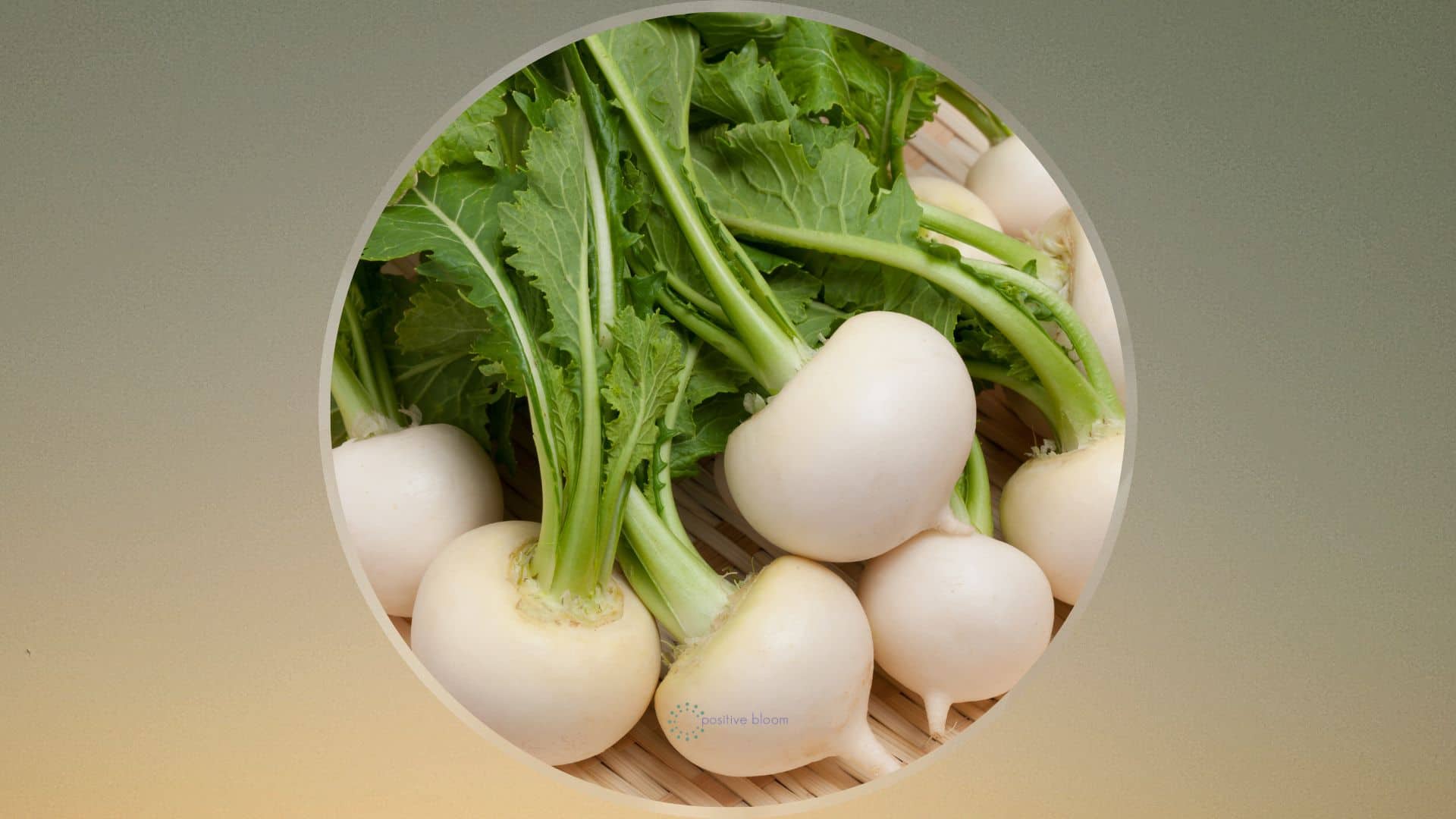
- Spinach: Spinach is a leafy green vegetable that is a good source of vitamins A, C, and K. It can be planted in late summer for a fall harvest.

Post a Comment for " Late Summer Vegetables You Can Plant Now For A Fall Harvest"